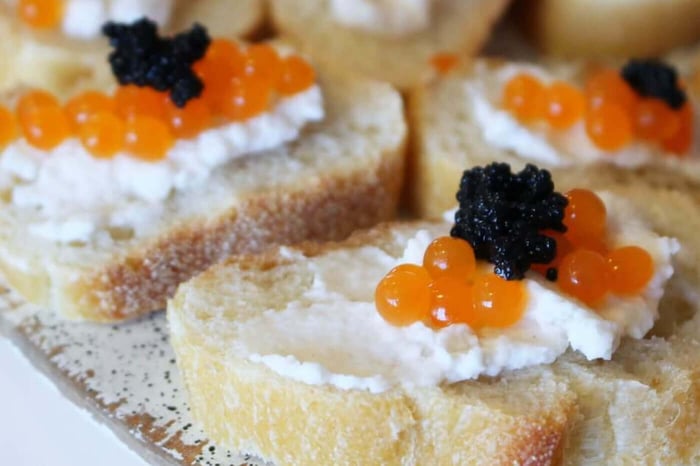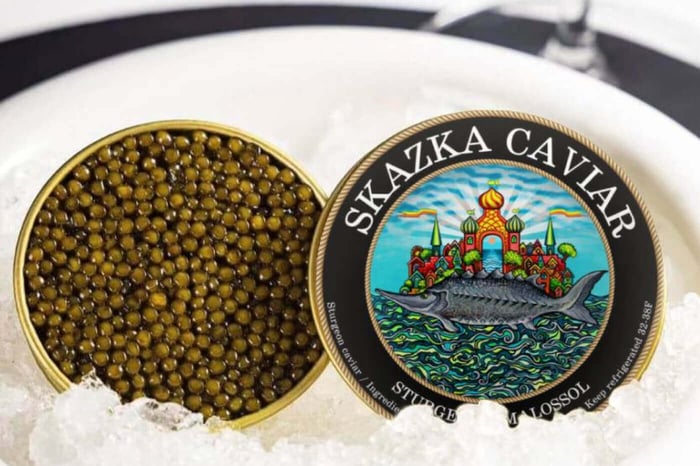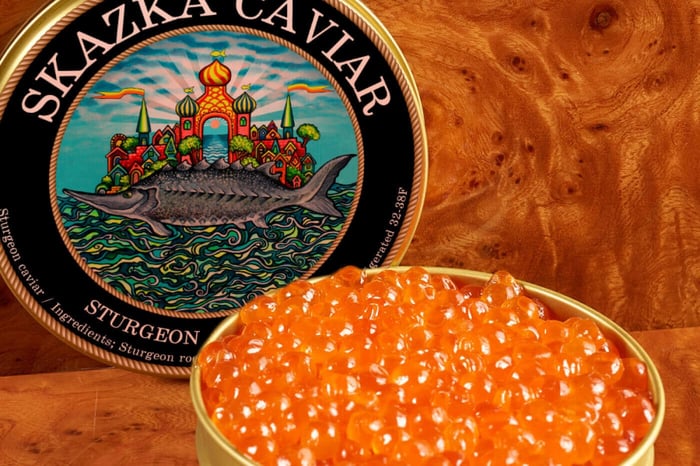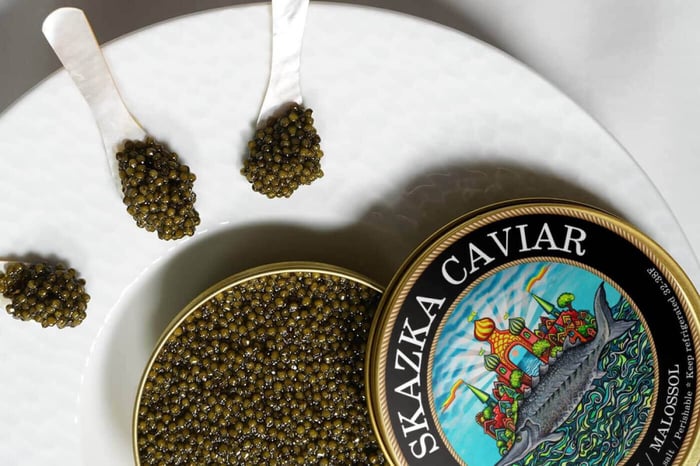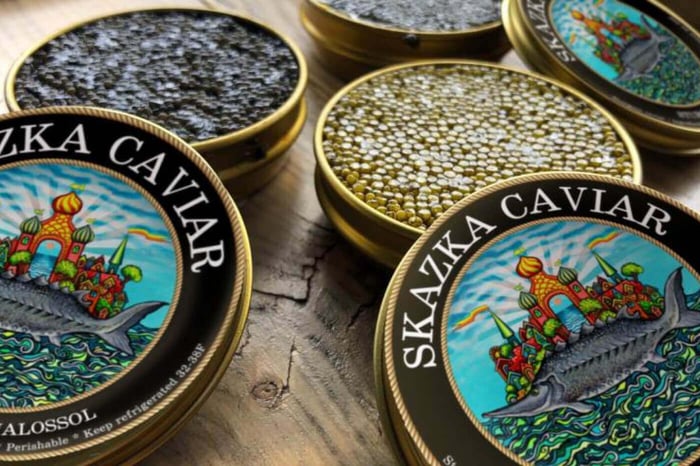 Caviar has long been considered a delicacy, with its luxurious appeal and rich history making it a sought-after ingredient among gourmets and connoisseurs. However, not all caviar is created equal, and grading plays a crucial role in determining its quality, texture, and overall value. Whether you’re a seasoned caviar enthusiast or a newcomer to this indulgence, understanding the grading system can help you make informed choices. In this guide, we’ll explore the essential factors that influence caviar grading, from color and size to texture and taste.
Caviar has long been considered a delicacy, with its luxurious appeal and rich history making it a sought-after ingredient among gourmets and connoisseurs. However, not all caviar is created equal, and grading plays a crucial role in determining its quality, texture, and overall value. Whether you’re a seasoned caviar enthusiast or a newcomer to this indulgence, understanding the grading system can help you make informed choices. In this guide, we’ll explore the essential factors that influence caviar grading, from color and size to texture and taste.
The Importance of Caviar Grading
Caviar grading is an essential process used by producers and experts to evaluate and categorize caviar based on specific characteristics. This system ensures consistency, helping buyers understand the quality they are purchasing. Grading takes into account various factors, including the type of sturgeon, the freshness of the eggs, and how they are processed. Higher-graded caviar tends to have more desirable attributes, such as a firm texture, uniform egg size, and a refined flavor profile, making it more valuable in the market.
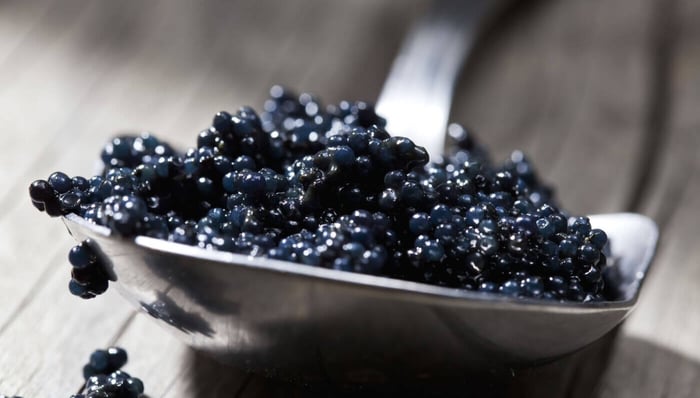
Read: Wild and Farmed Caviar: Which is Better?
Color and Appearance in Caviar Grading
The visual appeal of caviar is one of the first aspects assessed during grading. The color of caviar can range from pale golden hues to deep black, depending on the sturgeon species. In general, lighter-colored caviar, such as golden Osetra or albino Beluga, is considered rarer and often commands a higher price. Uniformity in color and a glossy, translucent sheen are also indicators of superior quality. While color does not always directly impact taste, it plays a significant role in the perception and desirability of the caviar.
Egg Size and Shape: A Key Grading Factor
The size and shape of caviar eggs significantly affect their classification and market value. Larger eggs, typically found in Beluga and Osetra caviar, are often preferred for their distinct pop and luxurious mouthfeel. Smaller eggs, such as those from Sevruga, have a more delicate texture but can still offer an intense flavor experience. Consistency in egg size is another crucial factor in grading, as uniform eggs indicate careful harvesting and processing, contributing to an aesthetically pleasing presentation and a superior dining experience.
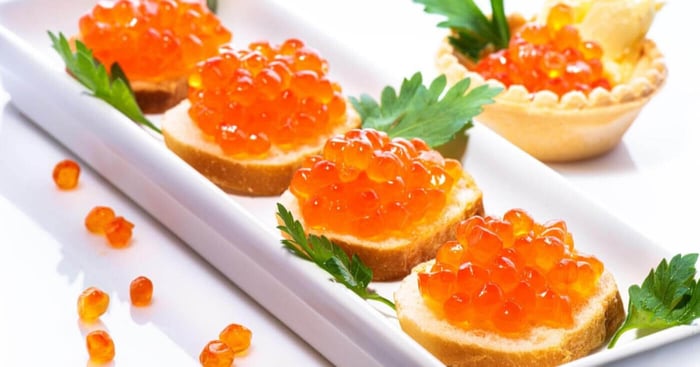
Read: Understanding Malossol: The Secret to Premium Caviar
Texture: Firmness and the “Pop” Factor
Texture is a defining characteristic in caviar grading, influencing the overall enjoyment of the delicacy. High-quality caviar should have a firm, yet delicate texture that allows the eggs to burst gently in the mouth, releasing their flavors. If the eggs are too soft, they may indicate over-maturity or improper handling, reducing their desirability. On the other hand, overly hard eggs can detract from the luxurious experience. The ideal caviar strikes a balance between firmness and smoothness, enhancing both taste and mouthfeel.
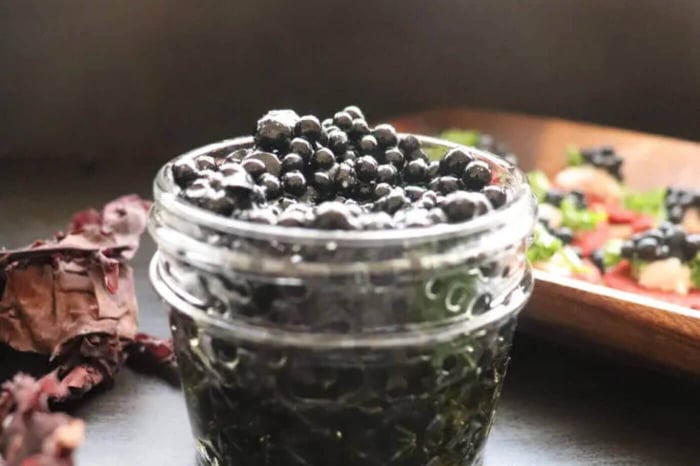
Flavor Profile and Taste Grading
Taste is one of the most subjective yet crucial aspects of caviar grading. Premium caviar offers a well-balanced, refined flavor that is buttery, nutty, or slightly briny, without being overly salty or fishy. The freshness of the eggs and the curing process, known as “malossol” (lightly salted), play a significant role in preserving the delicate flavors. High-end caviar has a clean, lingering aftertaste that enhances the overall gastronomic experience, while lower-grade caviar may have harsher or metallic undertones.
The Role of Processing and Storage in Quality
Beyond natural attributes, how caviar is processed and stored also impacts its grade. Traditional methods, such as hand-harvesting and precise salting, help maintain the integrity of the eggs. Proper storage at optimal temperatures (28-32°F or -2 to 0°C) ensures that caviar retains its texture and flavor without becoming overly soft or developing off-putting odors. Improper handling, excessive salting, or exposure to air can degrade caviar quality, making it essential to source from reputable producers who adhere to stringent standards.
Conclusion
Caviar grading is a meticulous process that determines the overall quality, texture, and desirability of this exquisite delicacy. Factors such as color, egg size, texture, flavor, and storage conditions all contribute to the final classification of caviar. Whether you’re indulging in premium Beluga or savoring the distinct taste of Osetra, understanding these grading principles can help you make informed choices and appreciate caviar at its finest. By selecting high-grade caviar from reputable sources, you can ensure a truly luxurious and authentic tasting experience.
About the Author
 Igor Fishbeyn - Caviar Purveyor
Igor Fishbeyn - Caviar Purveyor
Igor Fishbeyn is purveyor of fine sturgeon caviar and creator of the Skazka Caviar brand. He is an expert with decades of experience specializing in importing, wholesaling, and retailing the finest quality caviar in the world. Igor frequently writes about caviar news and various topics about the caviar industry. He lives in San Francisco with his wife and daughter.
Shop Skazka Caviar
Browse Our Exclusive Caviar Collection
“River Beluga” Kaluga Sturgeon Caviar
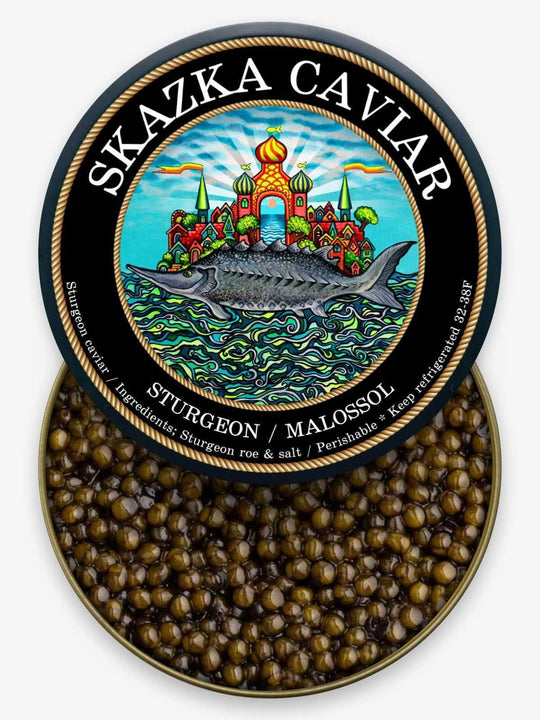
$295
$395
This large, robust caviar is a favorite of connoisseurs. Its firmness provides a satisfying texture that will keep you coming back for seconds and even thirds. Its luxurious chocolate brown color is perfectly evocative of its rich taste. Hints of… read more
“Oprah’s Favorite” Russian Osetra Caviar
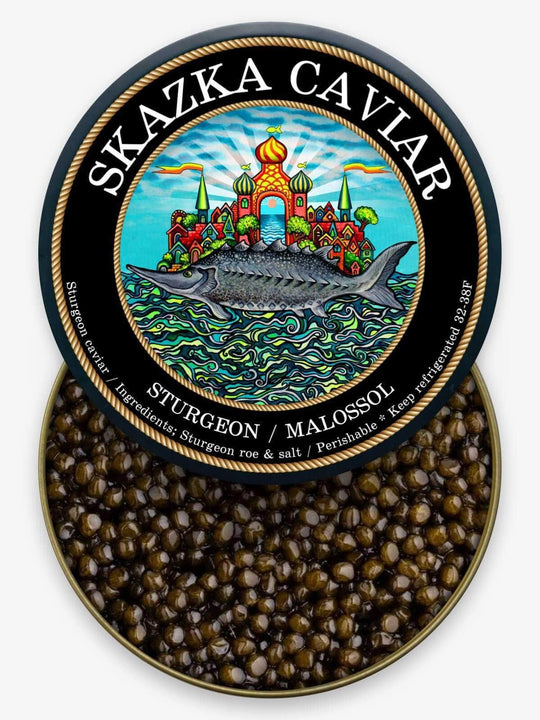
$295
$335
This medium-sized caviar is sure to be the star of any party or function you may throw. Its deep chocolate brown color is indicative of its rich and buttery flavor. Amber Osetra caviar has one of the cleanest tastes of any… read more
"Russian Czar" Beluga Sturgeon Caviar
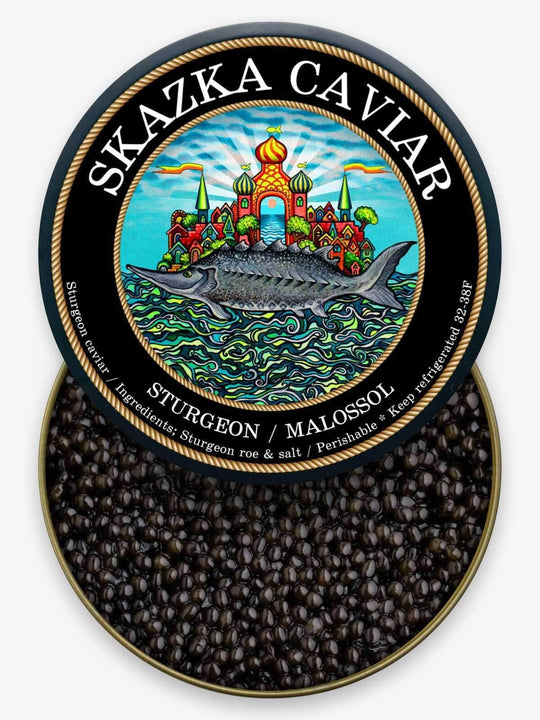
$495
$599
With an incomparable richness, “Russian Czar” Beluga Sturgeon Caviar is a knockout when it comes to fine caviar. Traditionally harvested in Russia, this caviar holds a tradition of greatness throughout history. With buttery notes that linger on the taste buds,… read more
“Tsar Reserve” Golden Osetra Caviar
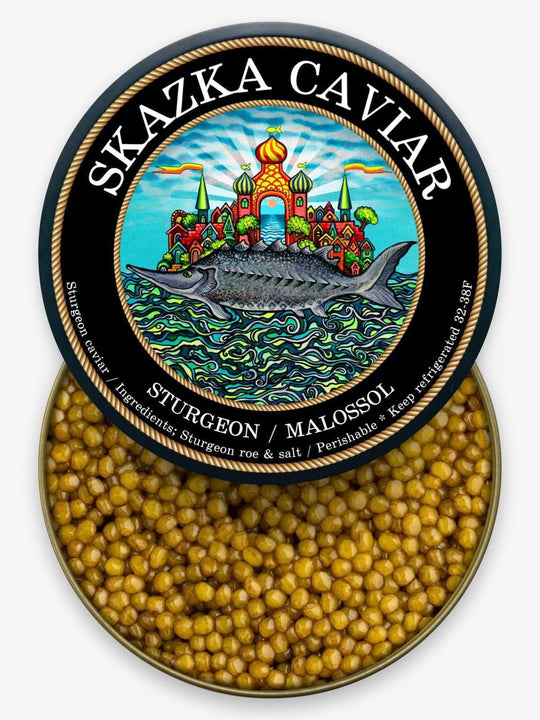
$395
Anyone with a taste for fine caviar will love “Royal Reserve” Golden Osetra Caviar. Its beautiful deep amber color is the first sign you’ll have that you’re in for something special, and once it hits your tongue you’ll know just… read more
Shop Caviar By Type
Shop Black Caviar | Shop Red Caviar | Shop Caviar Accessories
Shop Beluga Caviar | Shop Kaluga Caviar | Shop White Sturgeon Caviar
Shop Osetra Caviar | Shop Salmon Roe | Shop Albino Sturgeon Caviar

